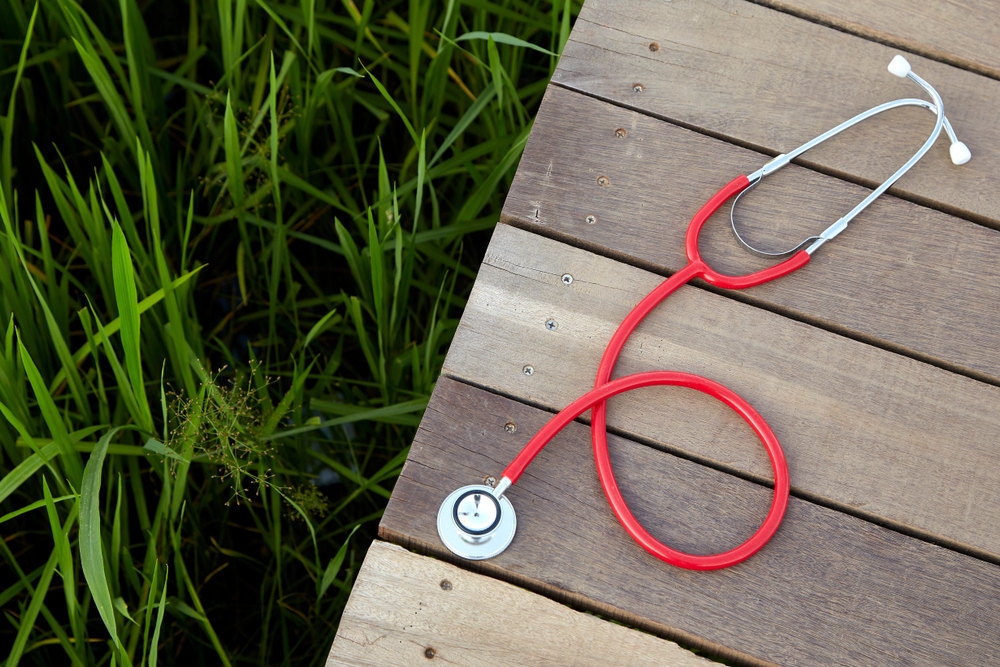In 2019, a mother in the U.S. stood in a hospital, clutching her feverish toddler, tears streaming down her face. Just months earlier, she had declined the routine vaccination after reading an article claiming it was “full of toxins” and linked to developmental disorders. That article, shared widely on social media, was based on no credible evidence. Now, her child was fighting for their life against a disease that vaccines could have easily prevented.
This isn’t an isolated incident—it’s a stark reminder of the dangerous power of medical misinformation. The World Health Organization describes this wave of false information as an “infodemic”—a crisis where misinformation spreads faster than the truth, with life-altering consequences. From miracle cures to anti-vaccine movements, false narratives erode trust in health care, lead to preventable deaths, strain health care systems, and undermine global public health efforts.
In an era where a single post on social media can reach millions in minutes, physicians find themselves on the frontlines of a new battle. How can health care professionals, already burdened with patient care, combat this tidal wave of misinformation? As trusted voices, doctors have a unique opportunity—and responsibility—to educate communities, rebuild trust, and counter this epidemic of falsehoods. But achieving this requires innovation, collaboration, and a relentless commitment to truth in an age of noise.
Misinformation is not new; it has plagued health care for centuries. However, social media has amplified it to unprecedented levels. Platforms like Facebook, YouTube, and TikTok allow false claims to spread globally within minutes. During the COVID-19 pandemic, a study published in Nature Human Behaviour revealed that 12 individuals were responsible for nearly 65 percent of anti-vaccine content shared on social media in 2021. The ripple effects were devastating: vaccine delays, overwhelmed hospitals, and plummeting trust in public health institutions.
False health claims thrive on accessibility and emotional resonance. Misinformation often evokes strong emotions—fear, hope, or anger—making it more shareable than nuanced, evidence-based information. For instance, viral videos alleging that COVID-19 vaccines contained microchips preyed on personal fears, spreading rapidly despite their baselessness. Meanwhile, scientific explanations from reputable sources often failed to compete for attention due to their complexity. This gap between science and perception highlights the urgent need for physicians to bridge the divide.
Physicians are uniquely positioned to combat misinformation and rebuild public trust. Yet, many health care professionals remain silent in digital spaces, overwhelmed by the scale of the problem. Research shows that while 72 percent of Americans use social media for health information, only a small fraction of health care professionals actively contribute. By stepping into these platforms, doctors can counteract false narratives with evidence-based facts.
A compelling example is Dr. Austin Chiang, a gastroenterologist and the first Chief Medical Social Media Officer at Jefferson Health. Using TikTok, he engages the public by debunking myths about digestive health and presenting medical information in a relatable way. His work demonstrates how health care professionals can effectively use social media to make science both accessible and engaging. If more physicians adopt similar approaches, evidence-based information can rival misinformation in reach and impact.
Education is another powerful tool in this fight. Medical misinformation often spreads because the public lacks the skills to differentiate credible sources from false ones. Physicians can address this by promoting digital health literacy, equipping individuals to critically evaluate health claims. Community seminars, online videos, and outreach programs can empower people to recognize red flags such as sensationalist language, lack of citations, or unverified endorsements. Initiatives like the Mayo Clinic’s community programs, which teach patients how to evaluate online health information, foster a culture of informed decision-making.
Despite these efforts, challenges persist. Physicians are already overburdened with clinical responsibilities, leaving little time for digital advocacy. This underscores the need for systemic solutions, such as integrating digital health education into medical training. Training future physicians to navigate and influence digital platforms will help normalize this responsibility as part of professional practice. Partnerships between health care organizations and tech companies can also amplify evidence-based campaigns. For example, Google’s collaboration with the World Health Organization to prioritize accurate COVID-19 information in search results demonstrates the impact of such alliances.
Addressing the financial incentives behind misinformation is also crucial. Social media algorithms prioritize content that drives engagement, often promoting sensationalism over accuracy. Regulatory reforms to hold platforms accountable for harmful health information are necessary. Health care professionals, along with public health organizations, must advocate for policies that prioritize public well-being over profit.
The fight against medical misinformation is not just a professional obligation—it is a moral imperative. Lives depend on the accuracy of the information we share, the guidance we provide, and the trust we build. Physicians have the knowledge, the platform, and the responsibility to be the voice of reason in a sea of confusion. Now is the time to act—not tomorrow, not when it’s convenient, but today. By stepping into the spaces where misinformation thrives, speaking with compassion, educating with patience, and leading with integrity, health care professionals can reclaim the narrative, restore trust in science, and build a future where no life is lost to lies.
Lujain Mattar is a public health student.

